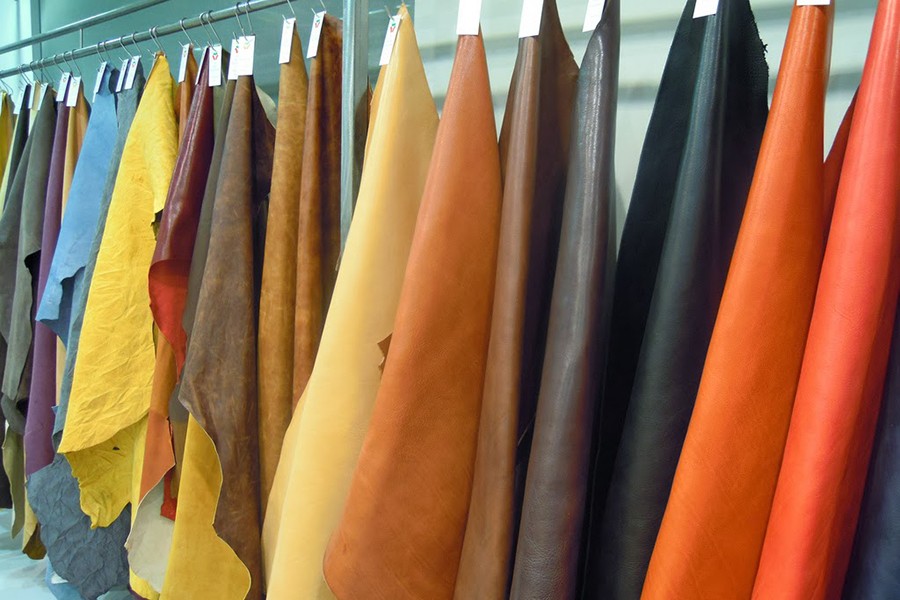Leather and leather goods export nosedived in the just-concluded fiscal year, battered by slow relocation process of tanneries and failure to comply with international standards, officials and industry insiders say.
In the fiscal year (FY), 2017-18, the overall export from the leather sector fell by 12 per cent.
And leather export alone slipped by 21 per cent, and leather products fell by 27 per cent compared to the previous fiscal.
However, leather footwear export saw 5.33 per cent rise in the year.
Export earnings from the sector stood at $ 1.08 billion in FY 2017-18 against $ 1.23 in FY 2016-17, data available with the state-run Export Promotion Bureau (EPB) shows.
Against this backdrop, the Ministry of Commerce (MoC) on Tuesday formed a 13-member committee led by commerce secretary Shubhashish Bose to look into the reasons behind the export fall and suggest wayout.
The committee has been asked to make recommendations in a month for the solid and liquid waste management at the Savar Leather Industrial Park while ensuring compliance of factories there.
It has been requested to review the production and export trend in the leather industry, identify obstacles to the sustainable development of leather industry, and ensure compliance in consultation with stakeholders for raising shipment.
Contacted over telephone on Thursday, chairman of the Bangladesh Tanners Association (BTA) Shaheen Ahamed told the FE the main reason for the export fall is slow relocation of factories during the last couple of years.
"The buyers have already moved to other destinations as we could not ensure compliance in the industrial park until now," he said.
He said nearly 50 factories could not start production even after shifting to the park.
"The central effluent treatment plant (CETP) operates only during daytime, though it was supposed to run 24 hours. Thus, it can't treat the wastes," he noted.
Mr Ahamed said such a plant that can maintain international standards needs to be established for ensuring treatment of waste properly.
He said the export drop from the sector has started since FY 2016-17 when leather saw around 22 per cent fall.
However, leather goods and footwear export saw a significant rise that year.
Additional secretary of the commerce ministry Tapan Kanti Ghosh told the FE the CETP at the leather industrial park is not working properly.
It can treat the liquid wastes but fails to treat solid wastes.
This has led to the stockpile of solid wastes near the factories, he said.
"Buyers show less interest as compliance could not be ensured. Thus, the export saw a significant fall," Mr Ghosh said.


